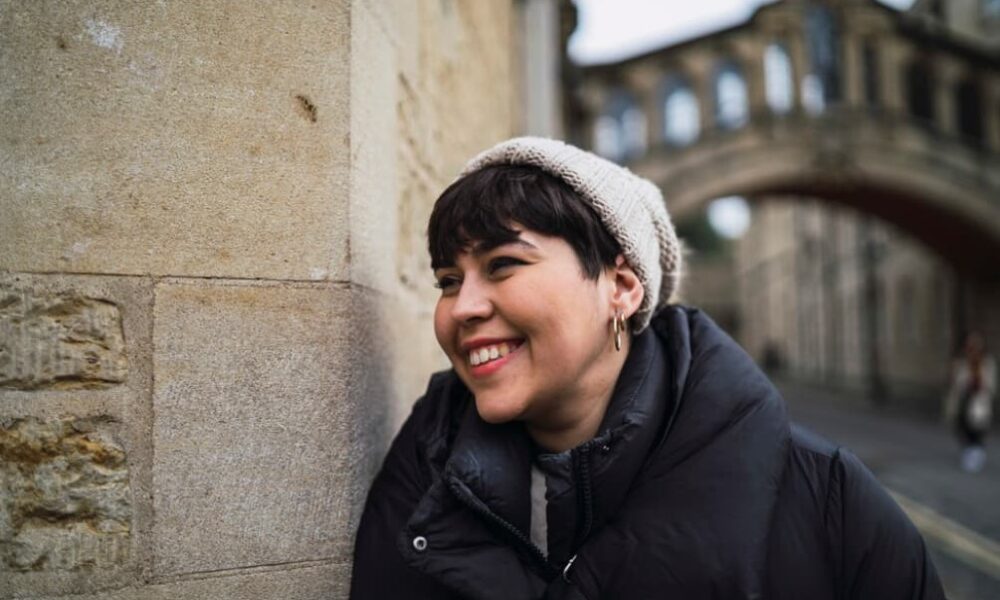Portrait photography extends beyond mere photo clicking; it dives deep into capturing the soul, demeanor, identity, and mood of an individual using the tools of lighting, background, and posing. It paints a vivid picture of a person’s character, encapsulating the silence in their speech and the unspoken stories resonating from their eyes.
This form of photography, though outwardly straightforward, poses considerable challenges. The broad objective is to achieve a blend of preparedness and spontaneity in the image, allowing the subject’s unique personality to shine through. The photographer’s skill in understanding and portraying the subject’s nature matters a lot, while the equipment used only augments the process.
Duties and Responsibilities of a Portrait Photographer
A portrait photographer wears many hats. They are entrusted with the task of taking pictures of their subjects, recommending a well-suited background or location, ensuring appropriate lighting, providing posing guidance, and finally, adding finishing touches to the photos through editing and printing.
The Significance of a Suitable Location

A significant part of a portrait photographer’s role is to identify the right location that complements the subject. The studio is a popular choice due to its controlled environment and the ease with which it allows isolation of the subject from any unnecessary background elements. A stark, undistracted background places the subject front and center in the composition.
However, for those looking to add an element of intrigue to their portraits, location scouting outside the studio is an excellent option. This adds unique elements to the photograph that can further enhance the portrayal of the subject’s personality and character. Regardless of the chosen location, the central element in focus always remains the subject.
The Role of Lighting in Portrait Photography
Using the right lighting is critical to capture the emotion and ambiance in portrait photography. Most photographers prefer to bypass the camera’s built-in flash for natural light or studio lights and reflectors to create an immersive portrait.
In a studio setting, photographers often rely on a combination of reflectors and external lights to illuminate the model. Meanwhile, those preferring organic, naturally lit portraits bank on understanding daylight nuances and the subject’s positioning. When done accurately, natural light can lend an unmatched charm to the portraits.
Deciphering When a Photo Becomes a Portrait
The transformation of a photo into a portrait lies within its ability to foster a connection with the viewer. Every element in the image, be it the background, lighting, emotion of the subject, collectively enables the viewer to feel a sense of connection with the portrait. It isn’t merely about the spontaneity or candidness of the photo, but the depth of emotion it induces.
The Importance of Portrait Photography
The importance of portrait photography holds different meanings for different people. From capturing and preserving historical moments to acting as a tool for personal branding or personal pleasure, its significance is felt in myriad ways. While it might be hard to quantify in words, the emotional response and deep connect that a well-captured portrait induces is often what makes it an inalienable need for many.
The Need for Portrait Photography
We need portrait photography to feel, connect, and experience emotions. It allows photographers to present their interpretation of a subject and evoke a sense of connected emotion within their audience. This audience could be as diverse as the photographer, observing their own work, or a family cherishing captured moments. The power lies with the portrait photographer to dictate the emotions their audience should experience when viewing their work.
Different Types of Portrait Photography
Portrait photography encompasses a broad range of styles, each with the shared goal of capturing the essence of an individual or a group. Here are some of the different types:
| Portrait Type | Description |
|---|---|
| Traditional Portraits | Subjects face the camera in a posed setting, typically within a studio environment. |
| Lifestyle Portraits | Aim to capture subjects in their natural setting, showcasing their everyday life. |
| Environmental Portraits | Highlight the environment while keeping the subject central to the photograph. |
| Street Portraits | Usually candid and impromptu, adding an essence of unpredictability to the composition. |
| Beauty Portraits | Focused on showcasing the beauty of the subject, often involving planned wardrobe and makeup. |
| Fine Art Portraits | Inspired by other art forms, allowing the photographer creative liberty in composition and style. |
| Family/Group Portraits | Capture multiple individuals, often involving group poses and prompts for interaction. |
Traditional Portraits
In traditional portraits, the focal point is often the subject, who is typically positioned to gaze directly at the camera, adopting a deliberate pose. Such portraits are predominantly taken within the confines of a studio environment, utilizing studio lighting and carefully selected backgrounds to enhance the composition. These portraits generally feature a head-and-shoulders crop, embodying the classic representation that most people envisage when thinking of portrait photography.
Lifestyle Portraits
The essence of lifestyle portraits lies in depicting individuals within their usual surroundings, aiming to capture the essence of their daily lives. Unlike the structured approach of traditional portraiture, a lifestyle portrait photographer employs a method of direction rather than explicit posing, facilitating a more spontaneous and authentic portrayal of the subject in their natural setting.
Environmental Portraits
Environmental portraits are characterized by their emphasis on the setting surrounding the subject, yet the individual remains the primary focus of the image. These portraits are shot in locations that hold significance to the subject, thereby imbuing the photograph with a deeper personal relevance. While they share similarities with lifestyle portraits, environmental portraits tend to be more structured in terms of posing, distinguishing them from the more fluid nature of lifestyle imagery.
Street Portraits
Street portraits stand out due to their candid and impromptu nature. Although there is a degree of planning involved in the execution of street portraiture, the actual poses and actions of the subjects are largely spontaneous. This genre thrives on the unpredictability and rawness of unguarded moments captured within public spaces.
Beauty Portraits
Beauty or glamour portraits focus on highlighting the subject’s physical beauty, involving meticulous preparation in terms of wardrobe selection and professional makeup application. These portraits are designed to showcase the subject in a visually appealing manner, often incorporating elements of style and elegance.
Fine Art Portraits
The categorization of fine art portraits as a distinct subgenre within portrait photography is a topic of ongoing discussion. Many photographers in this field draw inspiration from various forms of traditional art, including paintings, allowing them to infuse their work with a high degree of creativity and artistic expression. These portraits are an avenue for photographers to experiment with and realize their creative visions.
Family/Group Portraits

Family and group portraits capture multiple subjects together, focusing on the dynamics and interactions within the group to convey a sense of connection and candidness. Photographers specializing in this genre frequently employ prompts to encourage subjects to enact specific scenarios, often resulting in photographs that are rich in spontaneity and genuine emotion.
Making the Best Out of Your Shutter Time – Additional Tips
To extract the maximum potential from your portrait sessions, here are a few additional tips:
- Engage with your subject: Aim for a relaxed and comfortable atmosphere. This can be achieved by talking to your subject, learning about their interests, and making them feel at ease in front of the camera;
- Practice Patience: A key aspect of portrait photography is patience. Don’t rush. You may need to take several shots to get the perfect one;
- Experiment with Angles: Don’t restrict yourself to eye-level shots. Experiment with different angles for unique perspectives.
Key Equipment for Portrait Photography
Though skills surpass the need for advanced equipment, having the right tools can help improve the quality of your work:
- Lens: A good portrait lens can make a noticeable difference. Lenses ranging from 50mm to 200mm are typically preferred for portraits;
- Light Modifiers: These include reflectors, diffusers, and umbrellas. They help control and shape the light in a way that suits your vision;
- Tripod: A tripod can be crucial for maintaining stability, especially in low-light conditions or when shooting with a slow shutter speed.
Conclusion
Portrait photography is a delicate blend of art, technical prowess, and a profound understanding of human emotions. It isn’t about capturing a face in a frame but about encapsulating an identity, a story. The ability to translate a three-dimensional person into a flat image, while preserving their essence, makes portrait photography truly fascinating. Whether you’re a seasoned photographer or a beginner, remember, that the soul of a great portrait lies in its ability to evoke emotions and create a deep sense of connection.
